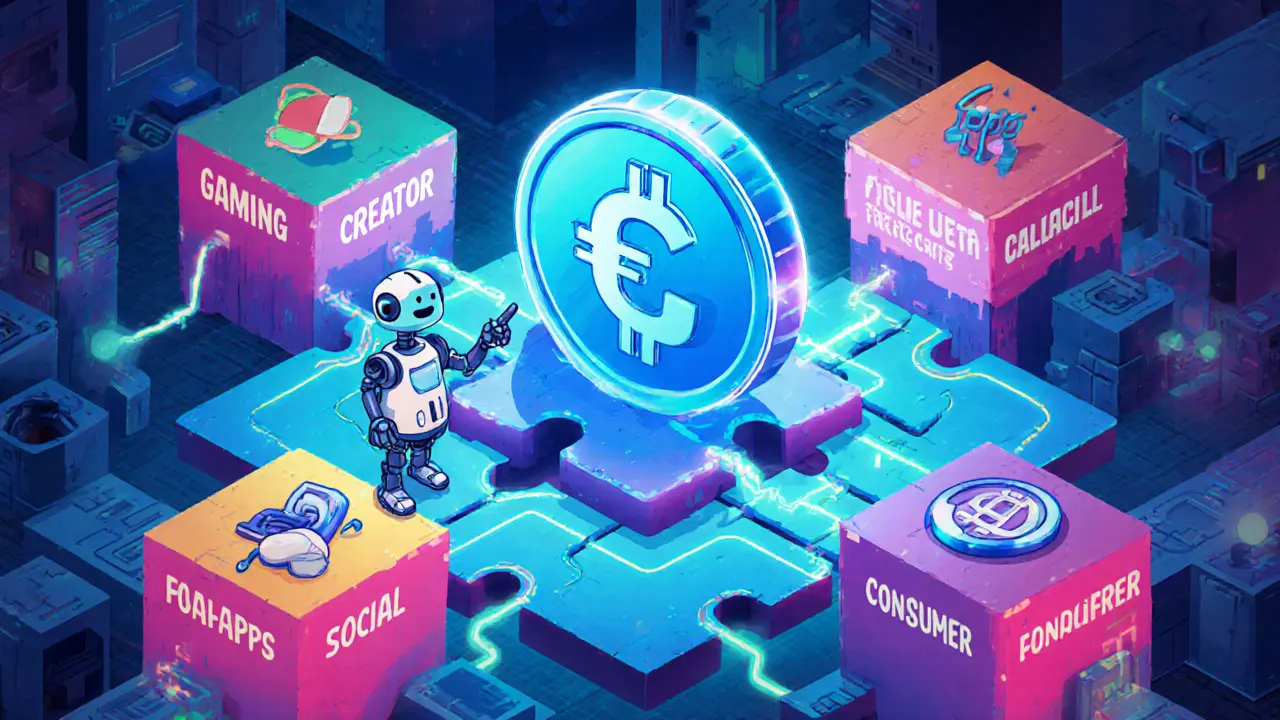A concise guide explaining what GLIDR (GLIDR) crypto coin is, covering its tech features, token economics, use cases, market position, how to buy, risks, and future outlook.
Blockchain Gaming: The Future of Play and Earn
When talking about blockchain gaming, gaming experiences built on decentralized ledgers that give players true ownership of in‑game assets. Also called crypto gaming, it blends traditional video‑game design with blockchain tech. Blockchain gaming rests on three core pillars: play‑to‑earn (P2E), a system where players earn tradable tokens by completing game tasks, non‑fungible tokens (NFTs), unique digital collectibles that represent characters, skins, or items, and smart contracts, self‑executing code that enforces game rules and token distribution. Together they create a loop where ownership, reward, and verification stay on‑chain, while the underlying blockchain guarantees immutability and tamper‑proof history for every item and transaction.
Key Pillars that Power Blockchain Gaming
By design, blockchain gaming encompasses play‑to‑earn models, requires smart contracts for rule enforcement, and lets NFTs influence player ownership. The economics behind each title are shaped by tokenomics, which borrows heavily from DeFi protocols to let users stake, farm, or trade in‑game currency as real assets. Good tokenomics define supply caps, inflation schedules, and reward distribution, turning a simple game token into a utility token that can power marketplaces, governance, and cross‑game compatibility. Marketing pushes like airdrop campaigns seed new players with starter tokens, accelerating network effects and lowering the entry barrier for newcomers. In addition, the expanding metaverse offers a broader stage where assets travel across virtual worlds, enabling cross‑chain play and shared economies that blur the line between separate games. Community‑driven governance, often enabled by on‑chain voting, also lets players influence future updates, creating a feedback loop that keeps the ecosystem lively.
Below you’ll find a hand‑picked collection of articles that unpack each of these pieces. We cover how blockchain achieves immutability—crucial for protecting game assets, walk through real‑world airdrop processes that can seed your first token, break down successful utility token examples that illustrate solid tokenomics, and review exchange security features that matter when you need to swap earned tokens. Whether you’re a player hunting for rewards, a developer sketching your first blockchain‑powered title, or just curious about how these technologies intersect, the guides ahead give practical steps, risk warnings, and strategic insights to help you thrive in the fast‑moving world of blockchain gaming.

